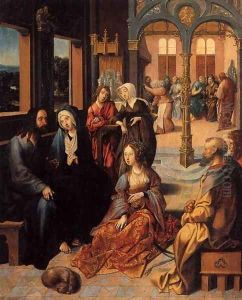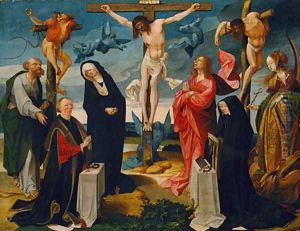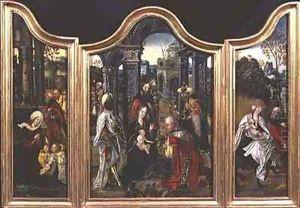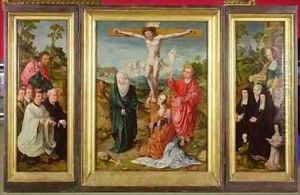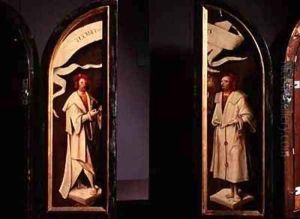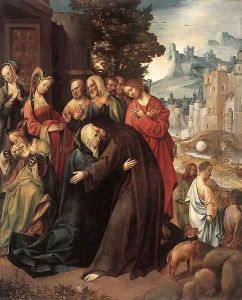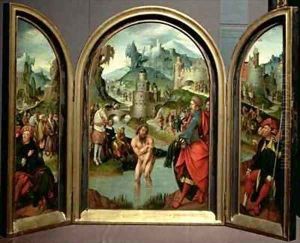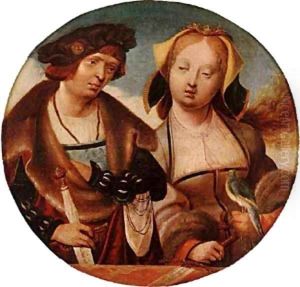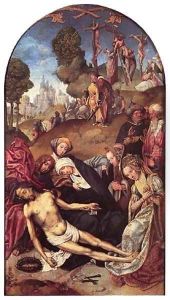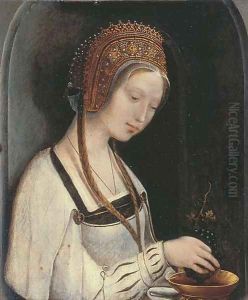Cornelis Engelbrechtsen Paintings
Cornelis Engelbrechtsen was a Dutch painter from the Northern Renaissance period, known for his significant contribution to Dutch art history and for being one of the early artists to bring Renaissance ideas to the Northern Netherlands. Born in 1468 in Leiden, then part of the Holy Roman Empire, Engelbrechtsen is often recognized as the first important painter from Leiden and as the master of Lucas van Leyden, who would later become one of the most famous artists of the time.
Engelbrechtsen's work was primarily religious in nature, reflecting the dominant themes of the era, with altarpieces being his most common commissions. His style was characterized by detailed landscapes and intricate use of colors, showing both traditional Gothic elements and an increasing influence of the Italian Renaissance, particularly in his use of perspective and anatomical proportions.
Throughout his career, Engelbrechtsen was actively involved in the civic life of Leiden. He was a member of the local painters' guild and served several times as its head. This status within his community not only reflects his prominence as an artist but also his engagement in the cultural and social dynamics of his time.
Engelbrechtsen's most notable works include the St. Luke painting the Virgin, which is considered a self-portrait, and the altarpiece for the St. Pieterskerk in Leiden. His paintings are known for their narrative quality, often capturing biblical and historical scenes with a rich and vivid imagination.
The artist's death in 1533 marked the end of an era in Leiden's art history, but his legacy lived on, especially through his pupils, such as the aforementioned Lucas van Leyden. Engelbrechtsen's works can still be seen today in various museums, where they continue to be studied for their artistic and historical significance.
